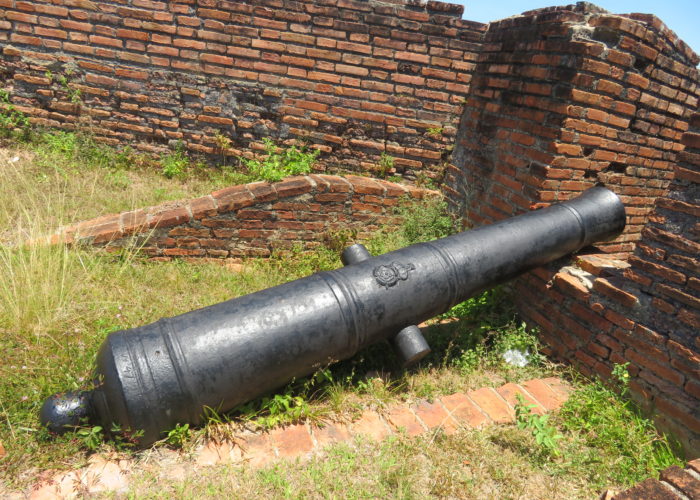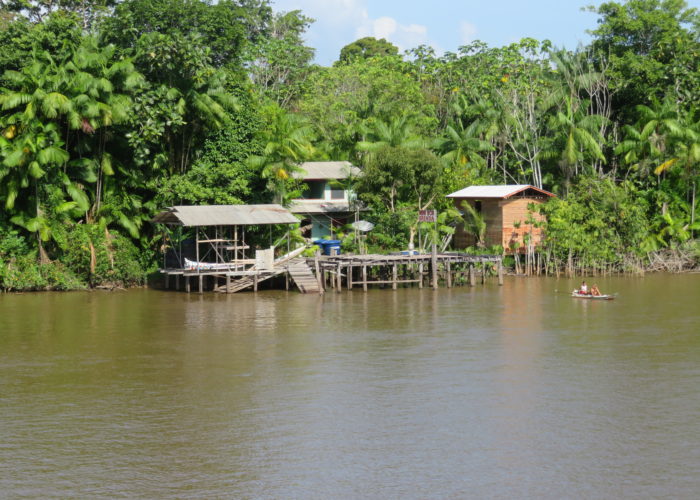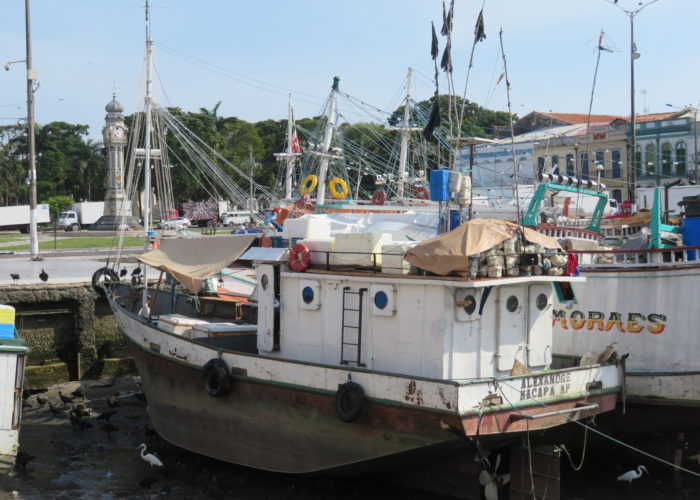The Amazon Delta, where the mighty Amazon River meets the Atlantic Ocean is one of the largest river deltas in the world, is a vast expanse of wetlands and intricate waterways that spans approximately 1,000 square kilometres. This delta is characterised by its numerous islands, lagoons, and diverse ecosystems, making it a vital region for wildlife and a crucial area for local communities. The delta is renowned for its biodiversity, supporting a wide range of flora and fauna, as well as numerous small communities that depend on the river for their livelihoods.
Geography & Climate
The Amazon Delta is situated in the northern part of Brazil, where the climate is typically tropical, with high humidity and temperatures averaging between 24°C and 30°C throughout the year. The delta’s geography features a labyrinth of rivers and streams, interspersed with islands such as Ilha do Marajó. The region experiences a distinct wet and dry season, with heavy rainfall occurring primarily from December to May, contributing to the swelling of the rivers and the unique wetlands that characterise the delta.
History & Economy
Historically, the Amazon Delta has been crucial for trade and colonisation, with Portuguese explorers establishing settlements in the early 17th century. The economy here is heavily reliant on fishing, agriculture, and increasingly, tourism. The region has also seen industrial growth, particularly in logging and mining, but these industries pose challenges to the environment.
From French Guiana, after an overnight stop in Oiapoque, on our Dragoman truck, we reached the mouth of the Amazon at Macapá, a town of around half a million residents sitting on the north shore of the Amazon. Macapá’s connection with the major centres of Brazil is primarily through riverboat or air travel. This leg on the Dragoman truck was only marketed as part of a continuous journey through both the Guianas and the Northern Coast of Brazil, with the two separate legs starting and ending in Cayenne and Belém. It was one of the most remarkable and memorable journeys in the whole of our year in South America. The city felt relatively safe during our visit, despite coinciding with the Brazilian presidential election.

Macapá
The big attraction in Macapá is the old fort, Fortaleza de São José de Macapá, which is one of the best-preserved forts in South America. This pentagonal fort features five square corners, each sloped to allow for easy access to cannons and munitions. The fort’s original buildings surround a central quadrangle, including a modest chapel that exemplifies the early Portuguese colonial architecture in the region.
The fort’s walls, all restored in white paint, provide a stark contrast to the lush greenery surrounding it. The impressive barracks and storerooms showcase the historical significance of the site, as it played a vital role in defending the Amazon’s mouth against potential invasions. The battlements, adorned with original metal cannons of varying sizes, evoke a sense of history, inviting visitors to ponder the fort’s past while enjoying panoramic views of the surrounding landscape. Despite its historical grandeur, the area around the fort reflects modern challenges, with litter and pollution evident in the nearby creeks.
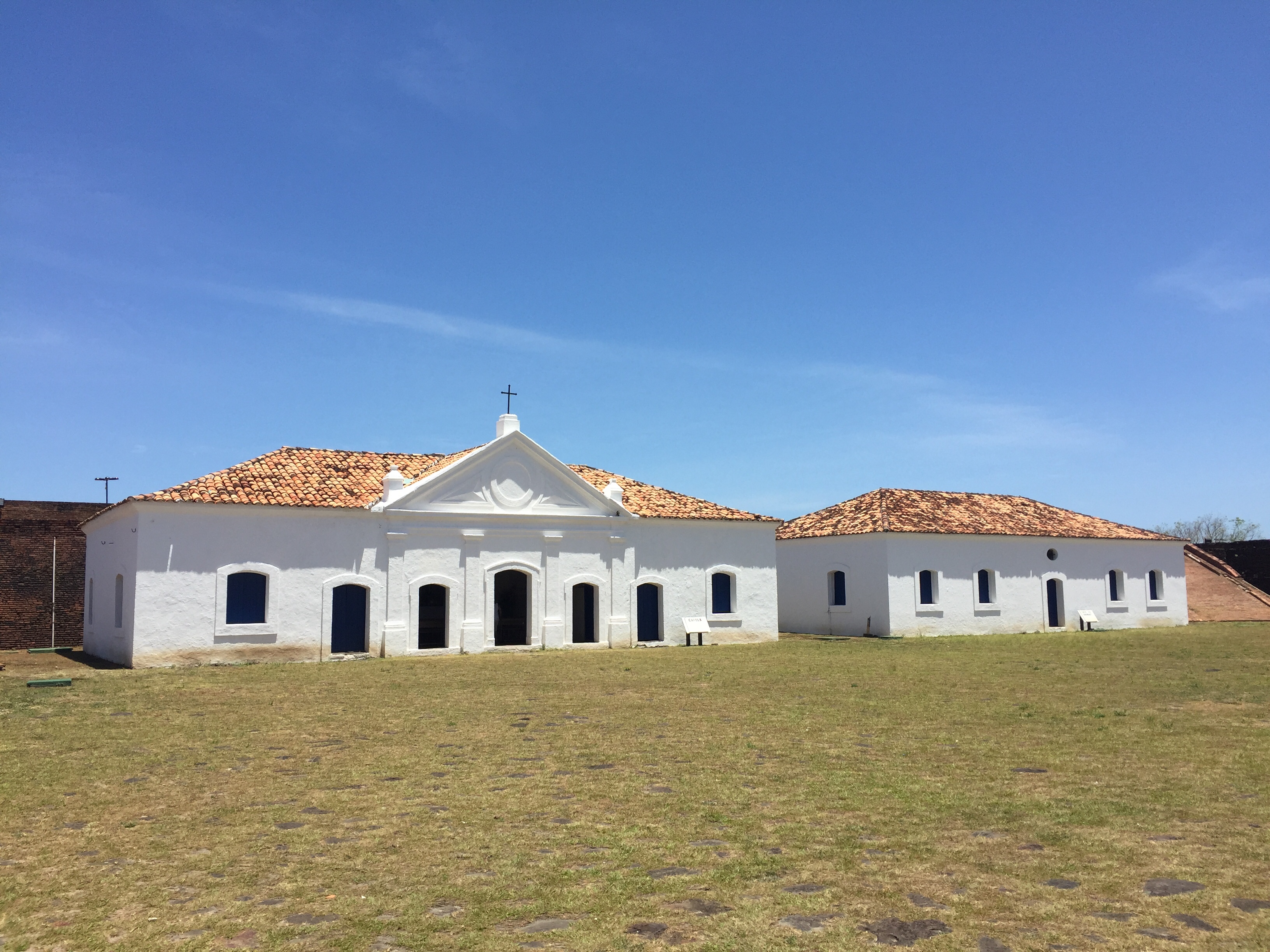
Macapá also boasts an active fish market within a modern building, full of enormous river fish. However, the surrounding areas are less pristine, plagued by rubbish, particularly plastic waste.
Journey Across the Delta by Ferry
Our journey began as we boarded a river ferry in Santana, departing for Belém. The ferry, designed to accommodate nearly 1,000 passengers, provided an essential link across the delta’s many channels and creeks, notably around the Ilha do Marajó. The crossing, which took an astonishing 25 hours to cover approximately 584 kilometres through the winding waterways—far longer than the straight-line distance as the crow flies—offered a breathtaking view of the sheer scale and beauty of the Amazon River system.
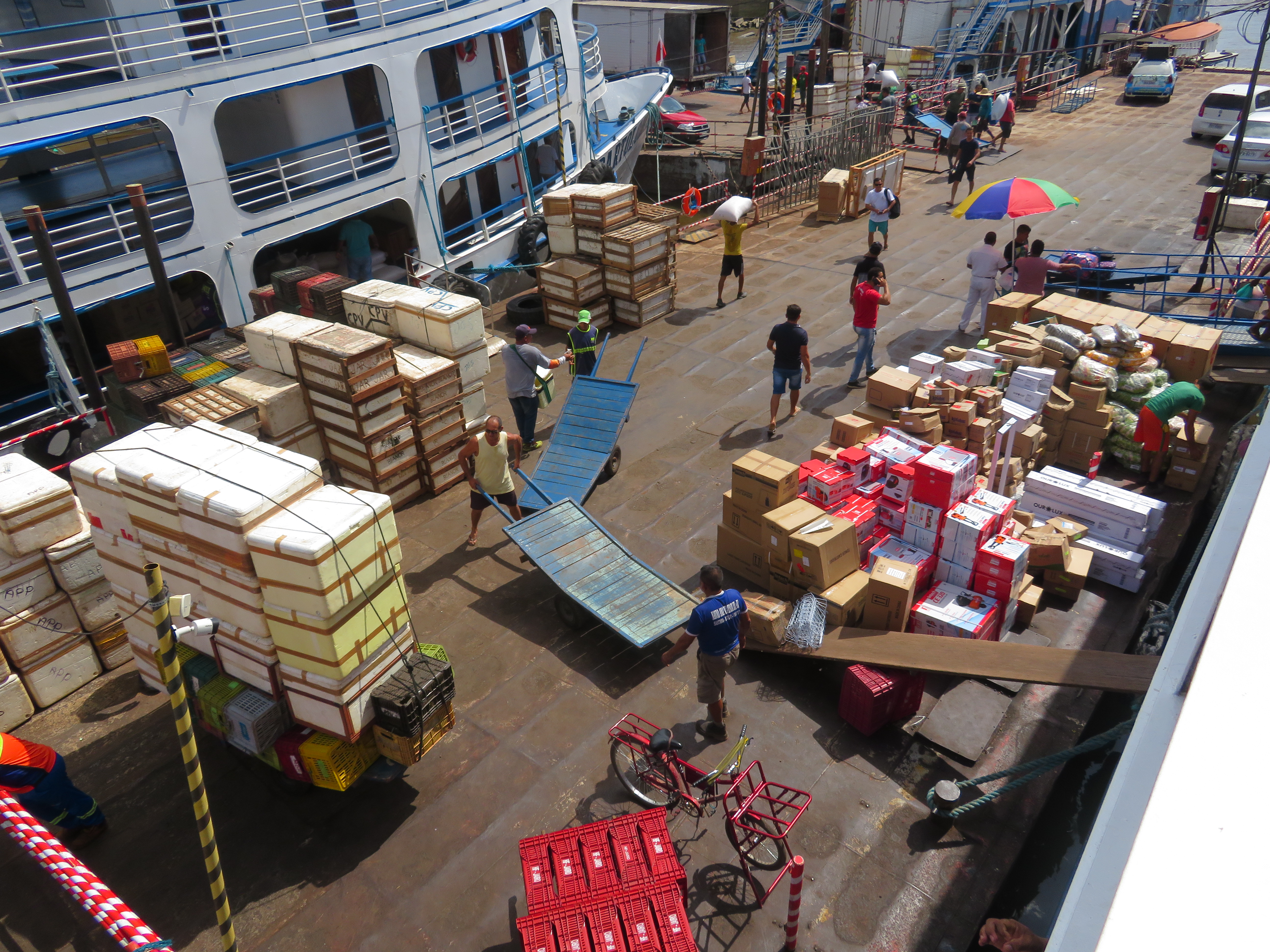
Macapá, where our journey began, is uniquely positioned right on the equator, which adds to its geographical significance. During our visit, the city was alive with political campaigning for the Brazilian presidential election, which was set to culminate in a runoff vote at the end of October. The atmosphere was charged, with numerous campaign posters and visible support for various candidates, and unlike most of our previous encounters with people in Brazil the far right-wing candidate Jair Bolsonaro was particularly prominent.

As we sailed through the labyrinthine waterways, we passed various delta communities nestled along the banks, each contributing to the rich tapestry of life in the region. The ferry was bustling with activity, as passengers strung up their hammocks on the decks, creating a vibrant atmosphere where everyone was comfortably nestled for the long journey ahead. The lower deck carried A couple of vehicles and fresh produce, while the upper levels were filled with hammocks crisscrossing the space, making navigation somewhat of a challenge. Those in the middle had to crawl under the hammocks on the edge to move about, but the camaraderie among travellers made for a pleasant experience.
Interestingly, our truck was transported separately on a different vehicle ferry, highlighting the extensive network of transport options available in the region, underscoring the importance of the river as the main transport artery.
Throughout the journey, we marvelled at the tranquil beauty of the delta’s landscape, punctuated by the occasional sight of local fishermen and families going about their daily lives, reliant on the river for sustenance and livelihood.

Belém
Belém, situated on the south side of the Amazon, is one of Brazil’s mega cities, with a population of 1.4 million and a metropolitan area totalling 2.5 million. Founded by the Portuguese in 1616, it is the oldest city in the Amazon region. The historical city centre includes a restored Portuguese fort that defended the mouth of the Amazon, alongside impressive colonial buildings adorned with distinctive ceramic tiles.

The old city centre has experienced decay due to middle-class migration to the suburbs, resulting in a juxtaposition between historic charm and modern neglect. The suburbs, on the other hand, boast new shopping malls and amenities.

One of the most notable landmarks in Belém is the Teatro da Paz (Theatre of Peace), an opera house built between 1869 and 1878. The theatre was commissioned during the rubber boom, reflecting the wealth generated by the region’s booming rubber trade. Designed in the neoclassical style, it features stunning Italian marble, beautiful murals, and an impressive ceiling adorned with intricate artwork. The opera house was inaugurated with a performance of Verdi’s “Aida” and has since hosted numerous cultural events, including operas, concerts, and ballets, making it a central cultural hub in the region.
Belém’s markets are a highlight of any visit. The Ver-o-Peso Fish Market is spotlessly clean, contrasting sharply with the surrounding streets. The variety of fish is remarkable, including some of the largest catfish we’ve seen. Nearby, the main municipal market offers an eclectic mix of meat and religious artefacts, all under an impressive wrought iron structure designed to deter the many vultures scavenging in the area.

As part of revitalising the old city centre, renovated warehouses have transformed into a vibrant retail area featuring restaurants and a microbrewery, Amazon Beer. This lively district attracts a young crowd in the evenings.
The municipal buildings surrounding Praça Dom Pedro reflect the prosperity during the rubber boom and have the potential for renewal with investment. The main cathedral provides a peaceful sanctuary, while the stunning Basílica de Nossa Senhora de Nazaré features beautiful light mosaics and stained glass, creating a serene atmosphere.

Belém is a fascinating city at the heart of Amazonian development. However, it faces challenges related to violence and poverty. During our visit, headlines reported a shocking number of murders, highlighting the city’s struggles.
Final Thoughts
The Amazon Delta, with its unique geography and rich history, offers a glimpse into Brazil’s past and its ongoing evolution. From the historical forts of Macapá to the bustling markets of Belém, this region is a microcosm of the broader Amazonian experience, brimming with potential and challenges alike.
Dates: 17/10/2018 to 23/10/2018 – Dragoman Days 1 to 3 – Revised 03/11/2024


